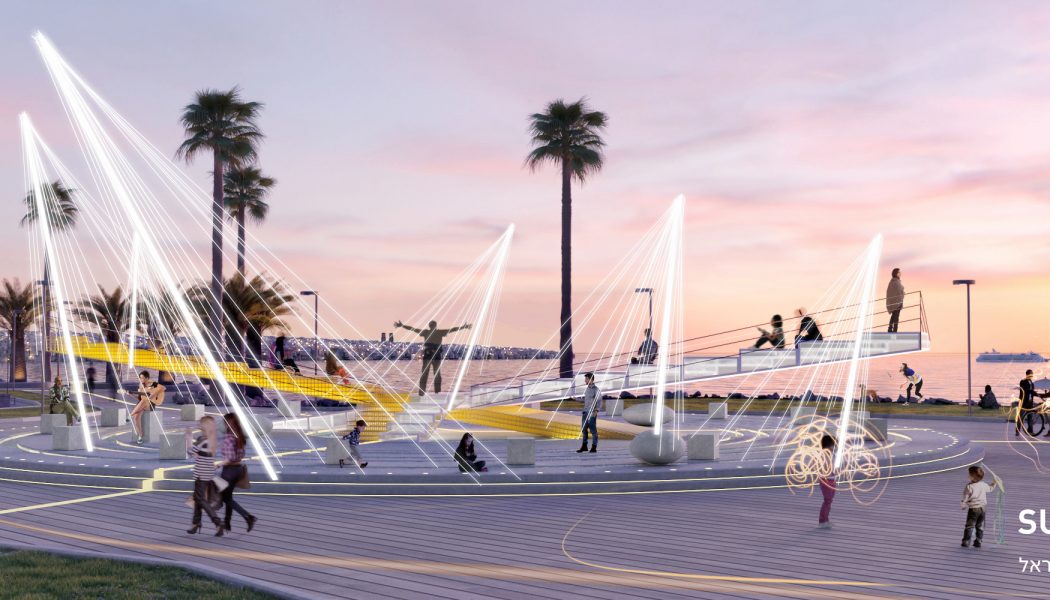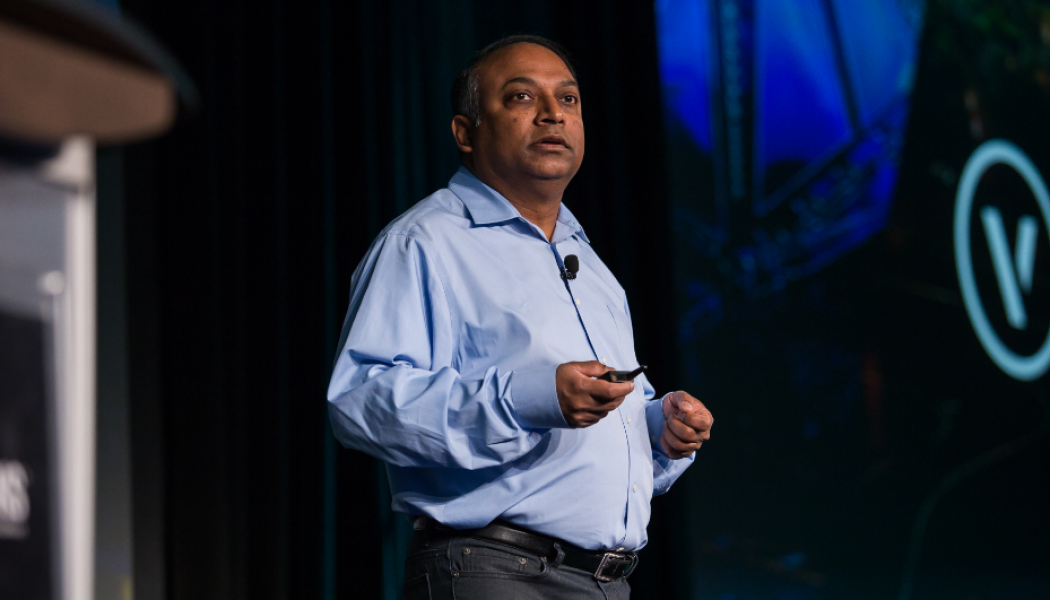Featured
Posts to be featured on the Main Page.
How Landscape Architecture and Urban Design Can Reduce Crime
Crime is a perennial problem facing many inner-city areas. Antisocial behaviour and crime are major factors affecting urban decay, property prices, and quality of life. In this article, we investigate how landscape architecture and urban design can mitigate, reduce, and control crime in the urban environment. Crime vs antisocial behaviour Crime can relatively easily be defined as acts contrary to the governing law of that area. For example, the same act of recreational smoking of marijuana is legal in the US state of Massachusetts but is currently illegal in the state of New Jersey. Antisocial behaviour, on the other hand, is less easily defined. The Home Office in the UK recognises that the definition of anti-social behaviour is influenced by context, location, community tolerance, and qu...Read More
A Different Way of Thinking: Pacific Coast Land Design and Vectorworks Landmark
Eric Berg, landscape architect and senior associate at Pacific Coast Land Design, Inc. (PCLD) in Ventura, California, took some time to chat before his talk, “From Concept to Completion: How PCLD Leverages the Power of Vectorworks in Landscape Architecture Practice” at the 2018 Vectorworks Design Summit in Phoenix last November. Berg and PCLD Principal Mike Zielsdorf showed how the 6-person firm uses Vectorworks Landmark from early conceptual graphics to renderings and CDs. CC: Can you think of a project you were awarded with the help of Vectorworks’ visualization capabilities? EB: We were awarded a veteran’s housing project in Ventura for which we did a preliminary design in Vectorworks, in part to test the site modeling. Showing the early design in 3D convinced the city’s planning direct...Read More
5 Top Planting Design Resources for New Landscape Architects
Clients and employers often complain that landscape architects, particularly young designers, are failing at planting design. Previous articles on Land8 have identified planting design as a challenging area for the profession in several other articles, including “Why Do Some Graduate Landscape Architects Have a Poor Understanding of Planting?” and “Garden Designers & Landscape Architects: Resolving the Identity Crisis”. Planting design is a complex and time consuming aspect of practice. In the horticulture community, individuals devote their entire careers to understanding how to grow specific plants. Landscape architects don’t have that luxury. We are expected to have a thorough understanding of regionally appropriate plants, as well as the ability to specify t...Read More
Restructuring for the Future City [Video]
During the Land8x8 Lightning Talks in Seattle, Julie Parrett began her presentation by asking the audience to consider our city’s public urban space – who owns it, how is it used, and is it accessible or closed off? We often think of public space as the parks, plazas, and civic centers of the city, but schools, libraries, roadways, and utility infrastructure are all part of the public realm. In the case of Seattle, as with many cities, these public spaces are often single-use spaces managed by various different entities and utilized for a specific need of the organization, such as efficient transportation, recreational space, or stormwater management. “This approach leads us to a public urban fabric which is a patchwork of segregated, single-function spaces and facilities,” Parrett states....Read More
10 Reasons to Come to LAbash 2019
LAbash is a Landscape Architecture conference hosted for the students, by the students. Every year, students from landscape architecture programs across the country congregate in a different city to learn, experience, and immerse themselves in Landscape Architecture. This year’s conference is being held in Athens, Georgia which has a strong history in creativity. Being the birthplace of bands such as REM and the B-52’s, Athens offers culture, music, food, and nightlife unrivaled for a town of its size. Athens is also home to the University of Georgia which is proud to host the event. The University of Georgia was the first public university in the United States, as well as one of the original schools to have a dedicated Landscape Architecture degree. We invite you to come “find your roots”...Read More
Post Carbon Landscape Architecture
Background Here in early 2019, we find ourselves in a terrifying time. The evidence is astoundingly clear that the effects of climate change are worse than previously predicted and accelerating. If humanity is to avoid catastrophic, perhaps even unsurvivable climate change, we must end the use of fossil fuels as soon as possible. However, if we were to do that, the resulting energy and civilizational transition would be the most dramatic ever undertaken by our species. Everything about our current way of life would change greatly. But scientists are emphatic about the need to end using fossil fuels now. Prof David Reay, of the University of Edinburgh, says we must “act now or see the last chance for a safer climate future ebb away.” The end of fossil fuels will usher in a “post carbon” era...Read More
Future Housing Solutions for Evolving Cities
In an increasingly technological age, we are seeing many high-tech innovations invade our homes. Devices are becoming more and more intelligent, allowing us to alter the temperature, humidity, and lighting of our homes at the click of an app or suggestion of a voice command. The city is evolving with many innovations that improve the sustainability of the urban fabric and health of the citizens. However, there has been little advance in the design and methods of construction of housing since the Second World War. In this article, we look at innovative new solutions to housing that can provide comfortable and sustainable living in an evolving city. Innovations in Materials There have been many innovations in building materials in recent years, such as strong, fire resistant Cross Laminate T...Read More
Why Use Empathic Design in Landscape Architecture?
Empathic design in landscape architecture In this article, we look at what empathic design is, and how this approach can lead to better design solutions. We are joined by international architect Moshe Katz, who shares his thoughts and experience on using empathy in the design process. What is empathy and empathic design? Empathy refers to the ability to see the world through the eyes of another and understand their needs, desires, and thinking. Empathy is also key to understanding the inherent properties of natural systems beyond the ecosystem services they may provide. Designers can use this empathic ability to better understand stakeholders and the end users of their spaces, to create better solutions that meet their needs, while remaining respectful of the intrinsic qualities of the nat...Read More
Evolving Memory [Video]
There are too few opportunities to share knowledge within the design profession. Formalized research is only starting to gain prevalence, while most rely on personal experience as a basis of their knowledge. While a knowledgeable individual can be great resource within the office, their time is often limited, making knowledge sharing challenging. During the Land8x8 Lightning Talks in Seattle, Jill Fortuna, Director of Research and Development (R&D) at Gustafson Guthrie Nichol (GGN), spoke about how GGN is using technology to harness employee knowledge and record project history. In her role as Director of R&D, Fortuna embraces new ways of thinking about materials and construction. Leading the Construction Administration of many of GGN’s high-profile projects, including the Smithson...Read More
Vectorworks Design Summit Field Report Part II: Interview with Dr. Biplab Sarkar, CEO
The 2018 Vectorworks Design Summit held on November 4-6 in Phoenix, offered a glimpse of where the industry is headed (read recap on Land8), seen through the lens of this innovative 2D/3D modeling software. At the helm is Dr. Biplab Sarkar who started with the company in 2000 and became CEO in April 2016. Biplab took some time on the morning before Antoine Predock’s keynote address to discuss Vectorworks Landmark. CC: Who are Vectorworks Landmark users? Sarkar: Worldwide, just over half our total users are in Europe. Landmark users are mostly in the US, Germany, Australia, and the UK. In the US, about 45% of Vectorworks Landmark users are landscape architects and the rest are landscape designers. A majority in the UK are landscape designers, while German users are mostly landscape architec...Read More
Bangkok Is Sinking and Here Is the Solution
Just as New York has Central Park, Bangkok has just received its lungs of the City – the Chulalongkorn Centenary Park, the first sizeable green infrastructure project, which has been designed for the city to face the inevitable realities of climate change. We teamed up with the landscape architects of the project, Landprocess, to tell this story in an intimately visual way. Through a series of infographics, maps, diagrams and visualisations, we will be demonstrating the seemingly looming climatic uncertainties of Bangkok and the solutions that Chulalongkorn Centenary Park provides to mitigate these issues. How is Bangkok sinking? The inevitable reality feels like a distant fate until we explore the figures. Bangkok is not how it used to be and Figure 1 shows the creeping grey fingers...Read More


























